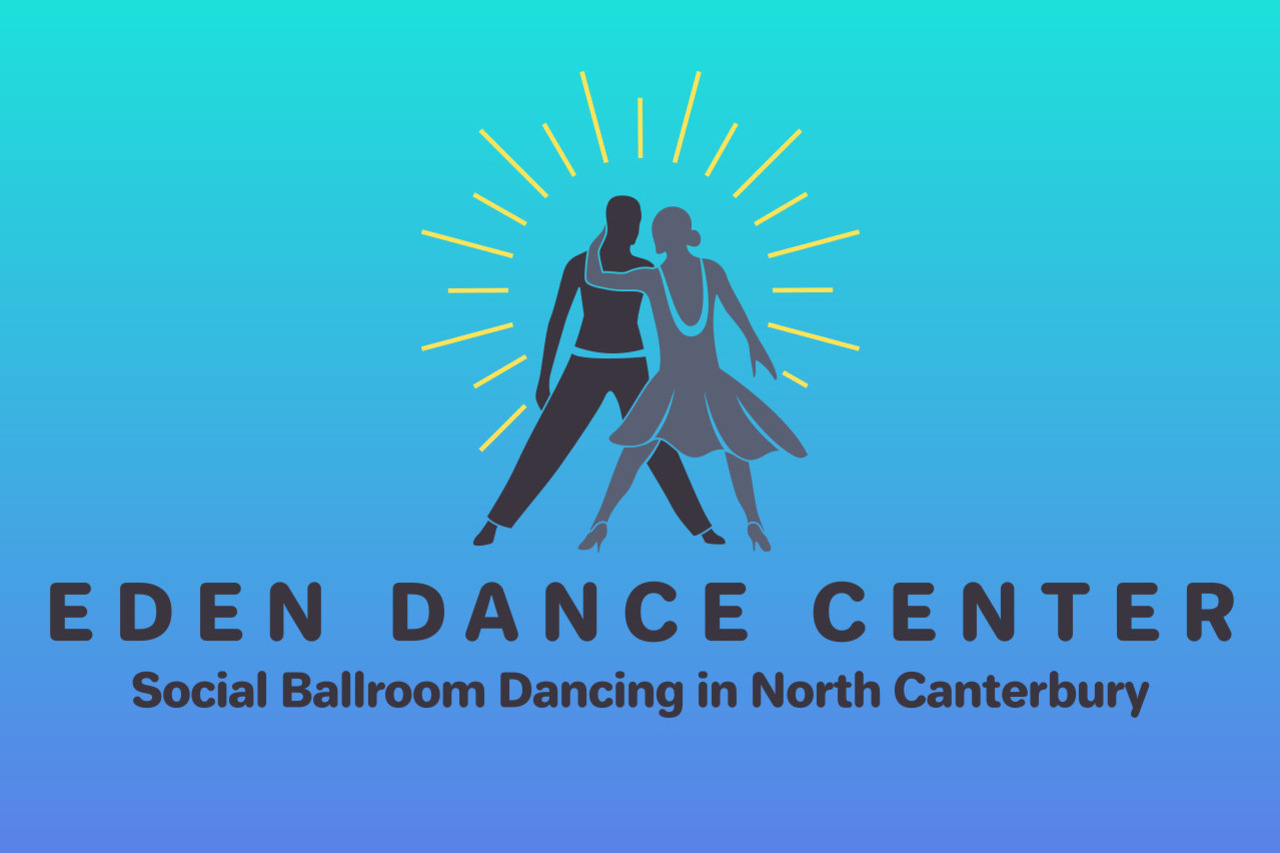The Paso Doblé... the torero and cape of the spanish bullfight.
The Paso Doblé is danced to 2/4 timing with 60 bars per minute and is the only one of the five Latin dances whose rhythms does not originate from Africa. Originally from France, it was danced by women on their wedding day to excite their new husbands for the wedding night.
From France it came to Spain and was given the name "Paso Doblé", which in Spanish means "Two Step". The Paso Doblé was one of many Spanish folk dances associated with various facets of Spanish life. In particular, the Paso Doblé became based on the Bullfight. The man portrays the Torero, and the lady represents his cape. It symbolises the battle between man and beast and portrays the man in a very macho image. The woman portrays the flowing action of the cape as the man does battle with the bull.
It is danced to the characteristic march music used for processions at the beginning of a corrida. Bullfights date back to ancient Crete, but only in the 1700s were they held in Spain.
The competition version of the Paso Doblé is danced by both the man and lady with a high chest, the shoulders wide and down, and with the head kept back but inclined slightly forward and down. The weight is forward, and most forward steps have heel leads. Often it is choregraphed to the music that has crescendos. These highlights are usually matched by dramatic poses, adding to the spectacular nature of the dance. The music is distinctly Spanish in its origin and there is a definite flamenco style to the Paso Doblé. Although fun to dance the Paso Doblé has limited use as a social dance.
|
© Copyright Ballroom Dancing NZ
- Site map
|
